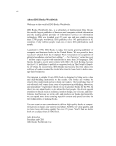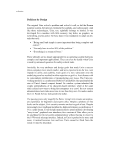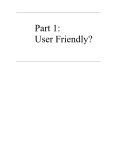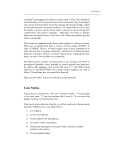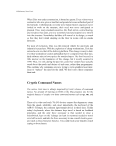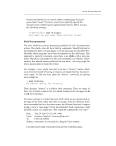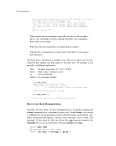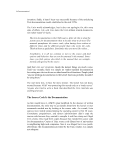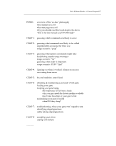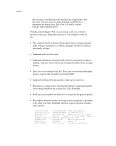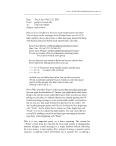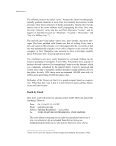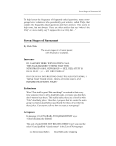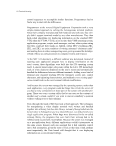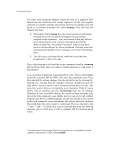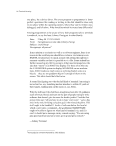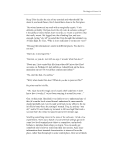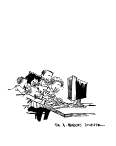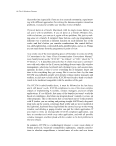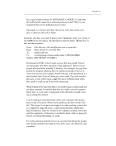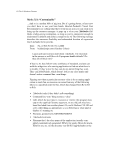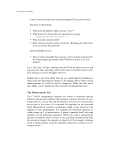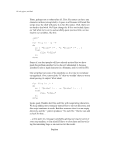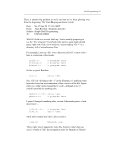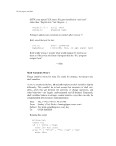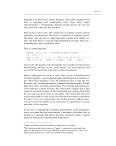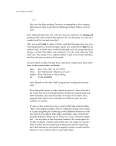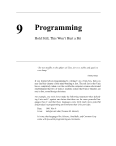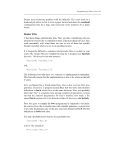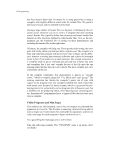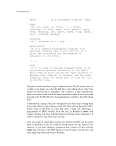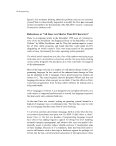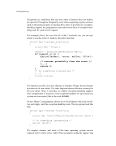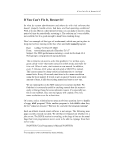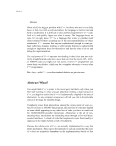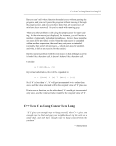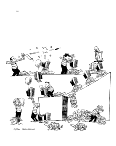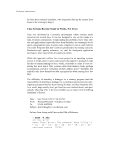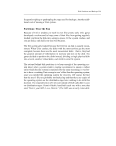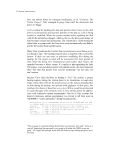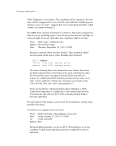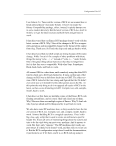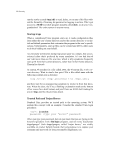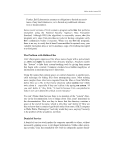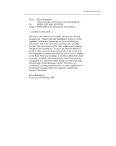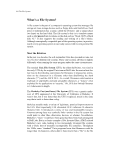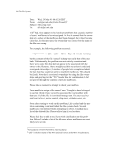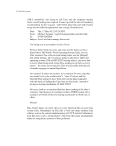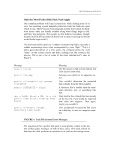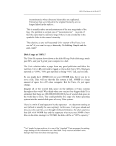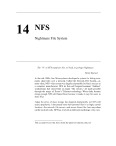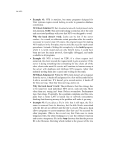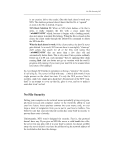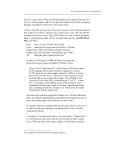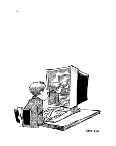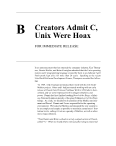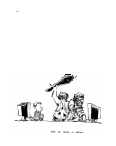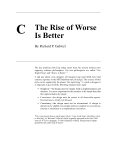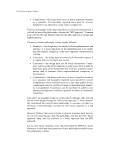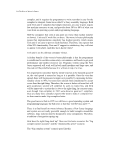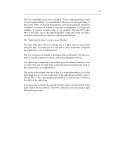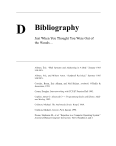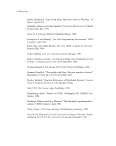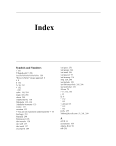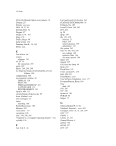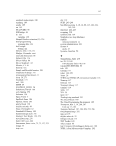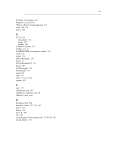Foreword By Donald A. Norman The UNIX-HATERS Handbook? Why? Of what earthly good could it be? Who is the audience? What a perverted idea. But then again, I have been sitting here in my living room—still wearing my coat—for over an hour now, reading the manuscript. One and one-half hours. What a strange book. But appealing. Two hours. OK, I give up: I like it. It’s a perverse book, but it has an equally perverse appeal. Who would have thought it: Unix, the hacker’s pornography. When this particular rock-throwing rabble invited me to join them, I thought back to my own classic paper on the subject, so classic it even got reprinted in a book of readings. But it isn’t even referenced in this one. Well, I’ll fix that: Norman, D. A. The Trouble with Unix: The User Interface is Horrid. Datamation, 27 (12) 1981, November. pp. 139-150. Reprinted in Pylyshyn, Z. W., & Bannon, L. J., eds. Perspectives on the Computer Revolution, 2nd revised edition, Hillsdale, NJ, Ablex, 1989. What is this horrible fascination with Unix? The operating system of the 1960s, still gaining in popularity in the 1990s. A horrible system, except that all the other commercial offerings are even worse. The only operating ––––––––––––––––––––––––––– Copyright 1994 by Donald A. Norman. Printed with permission.
xvi Foreword system that is so bad that people spend literally millions of dollars trying to improve it. Make it graphical (now that’s an oxymoron, a graphical user interface for Unix). You know the real trouble with Unix? The real trouble is that it became so popular. It wasn’t meant to be popular. It was meant for a few folks work- ing away in their labs, using Digital Equipment Corporation’s old PDP-11 computer. I used to have one of those. A comfortable, room-sized machine. Fast—ran an instruction in roughly a microsecond. An elegant instruction set (real programmers, you see, program in assembly code). Toggle switches on the front panel. Lights to show you what was in the registers. You didn’t have to toggle in the boot program anymore, as you did with the PDP-1 and PDP-4, but aside from that it was still a real computer. Not like those toys we have today that have no flashing lights, no register switches. You can’t even single-step today’s machines. They always run at full speed. The PDP-11 had 16,000 words of memory. That was a fantastic advance over my PDP-4 that had 8,000. The Macintosh on which I type this has 64MB: Unix was not designed for the Mac. What kind of challenge is there when you have that much RAM? Unix was designed before the days of CRT displays on the console. For many of us, the main input/output device was a 10-character/second, all uppercase teletype (advanced users had 30- character/second teletypes, with upper- and lowercase, both). Equipped with a paper tape reader, I hasten to add. No, those were the real days of computing. And those were the days of Unix. Look at Unix today: the rem- nants are still there. Try logging in with all capitals. Many Unix systems will still switch to an all-caps mode. Weird. Unix was a programmer’s delight. Simple, elegant underpinnings. The user interface was indeed horrible, but in those days, nobody cared about such things. As far as I know, I was the very first person to complain about it in writing (that infamous Unix article): my article got swiped from my com- puter, broadcast over UUCP-Net, and I got over 30 single-spaced pages of taunts and jibes in reply. I even got dragged to Bell Labs to stand up in front of an overfilled auditorium to defend myself. I survived. Worse, Unix survived. Unix was designed for the computing environment of then, not the machines of today. Unix survives only because everyone else has done so badly. There were many valuable things to be learned from Unix: how come nobody learned them and then did better? Started from scratch and produced a really superior, modern, graphical operating system? Oh yeah,









